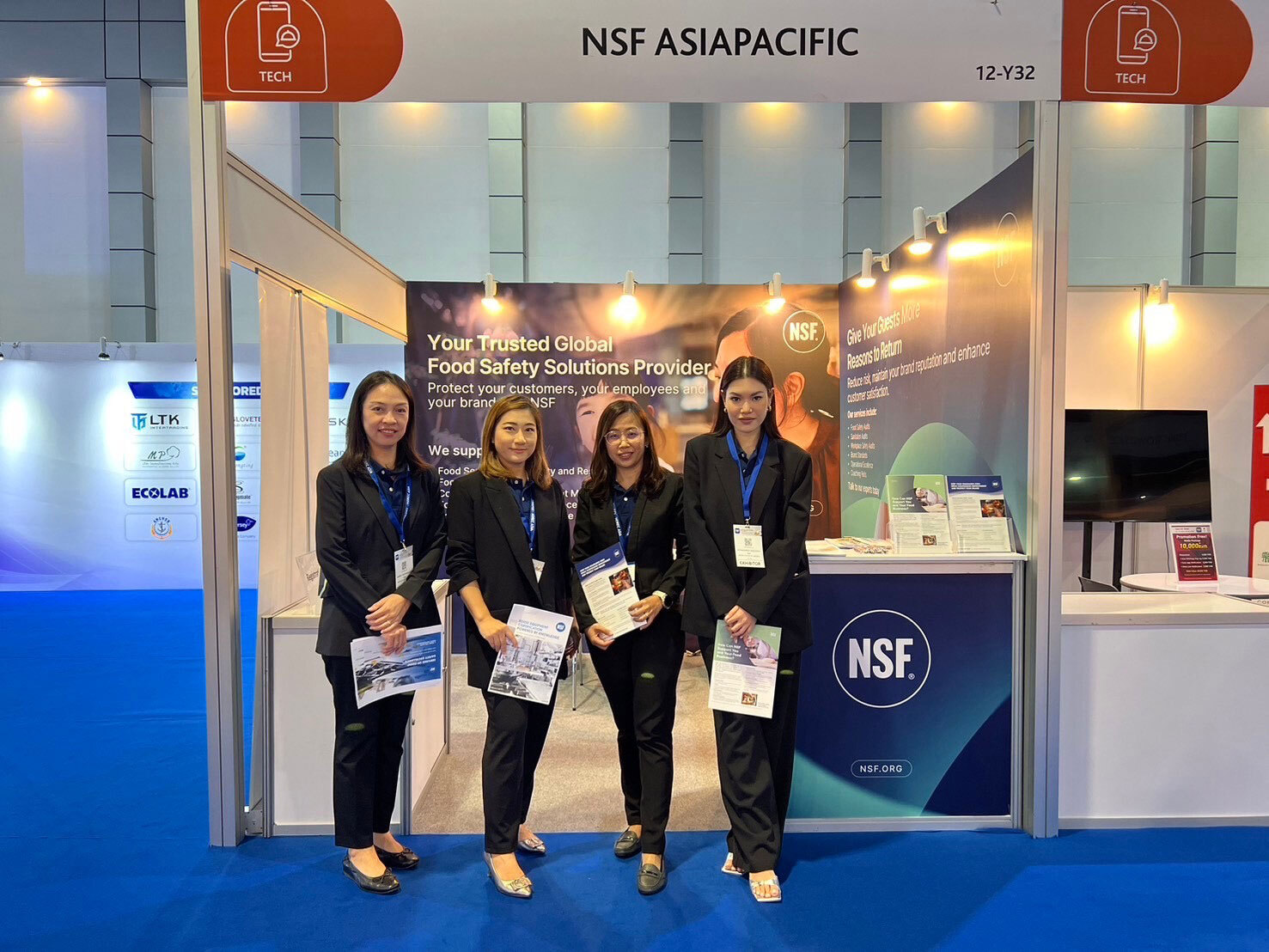Water Plumbing Systems: NSF Breaks Down Study Results

The Facts About PEX in Plumbing Systems
The topic of PEX (cross-linked polyethylene) in plumbing systems has been discussed in recent months with reference to a published study called “Release of drinking water contaminants and odor impacts caused by green building cross-linked polyethylene (PEX) plumbing systems” (IWA Water Research 67 (2014) 19-32. Authors: Keven M. Kelley, Alexandra C. Stenson, Rajarashi Dey, Andrew J. Whelton).
NSF has previously addressed this study with a full review, which you can find here. However, with our global mission to protect and improve human health, we want to remind consumers of the facts when they may be debating if their drinking water is safe. As an additional reminder, the NSF/ANSI 61 standard addresses the material safety of all drinking water system components regardless of the material type.
Staying Educated
Drinking water is the most important source of human life and is understandably taken very seriously by the public and NSF. For this reason, we believe it is essential for people to remain educated on different drinking water concerns and aware of false or misleading information that is sometimes published, as in this study.
In reviewing the recent study “Release of drinking water contaminants and odor impacts caused by green building cross-linked polyethylene (PEX) plumbing systems,” NSF identified several limitations in how the research was conducted, including the following:
- Nonstandard methods of testing pipe were utilized.
- Test samples were exposed to conditions that do not reflect any real-life situations.
- Quantification of chemical extractants was not reported.
- Assessment of potential health effects attributable to reported chemical extractants was not performed.
- Controls or reference materials when measuring the loss of chlorine residue were not reported.
- A U.S. EPA taste and odor method was used in a manner for which it was never intended.
- The source water control was not analyzed for samples taken in a building.
Studies like this one require strict product-testing procedures to ensure that the data collected is accurate as well as appropriate for the conditions it will be used in. Using controls, employing standard methods of testing, performing full assessments of source water controls, monitoring health effects, utilizing methods as intended and more are all crucial factors when deciding if the data collected is usable. In a case like this one, it is not.
Reasonable Water Usage
When testing drinking water components, it is also vital that the testing conditions model real-life scenarios for reasonable representation of typical water usage, which this study doesn’t provide. In contrast, reputable testing, like NSF/ANSI 61, requires exposures to be conducted over 17 days, including two 72-hour weekend stagnation periods that would reasonably represent an office that is not open on weekends.
Quantifiable Test Results
Another key factor to note when reviewing the data is that conclusions about the public health safety of products cannot be determined without quantifying test results. Quantified results provide measurement to compare to safety thresholds established for chemicals based on a lifetime of daily exposure.
While the study lists several contaminants leaching from PEX products, it does not provide quantified results. Other publications have stated that phthalates are released from PEX pipes, which is not true.
Conclusion
Simply put, we’ve broken down the facts so you don’t have to. Drinking water safety is essential for good health and is a large part of our mission, and staying vigilant and remaining educated about drinking water facts are highly important. This is a great reason to search for the NSF mark on your water products or look products up on nsf.org/certified-products-systems to ensure that they are working as they claim to.
Interested in Learning More?
Contact us with questions or to receive a quote.
How NSF Can Help You
Get in touch to find out how we can help you and your business thrive.

What’s New with NSF

NSF Shanghai Named Critical Site for NSF/ANSI 455 and NSF/ANSI 173 by ANSI National Accreditation Board
July 26, 2024
NSF Takes Center Stage at NEHA Annual Education Conference
July 25, 2024
NSF Asia Pacific Showcases Hospitality Solutions at THAIFEX HOREC Asia 2024 in Bangkok, Thailand
July 4, 2024